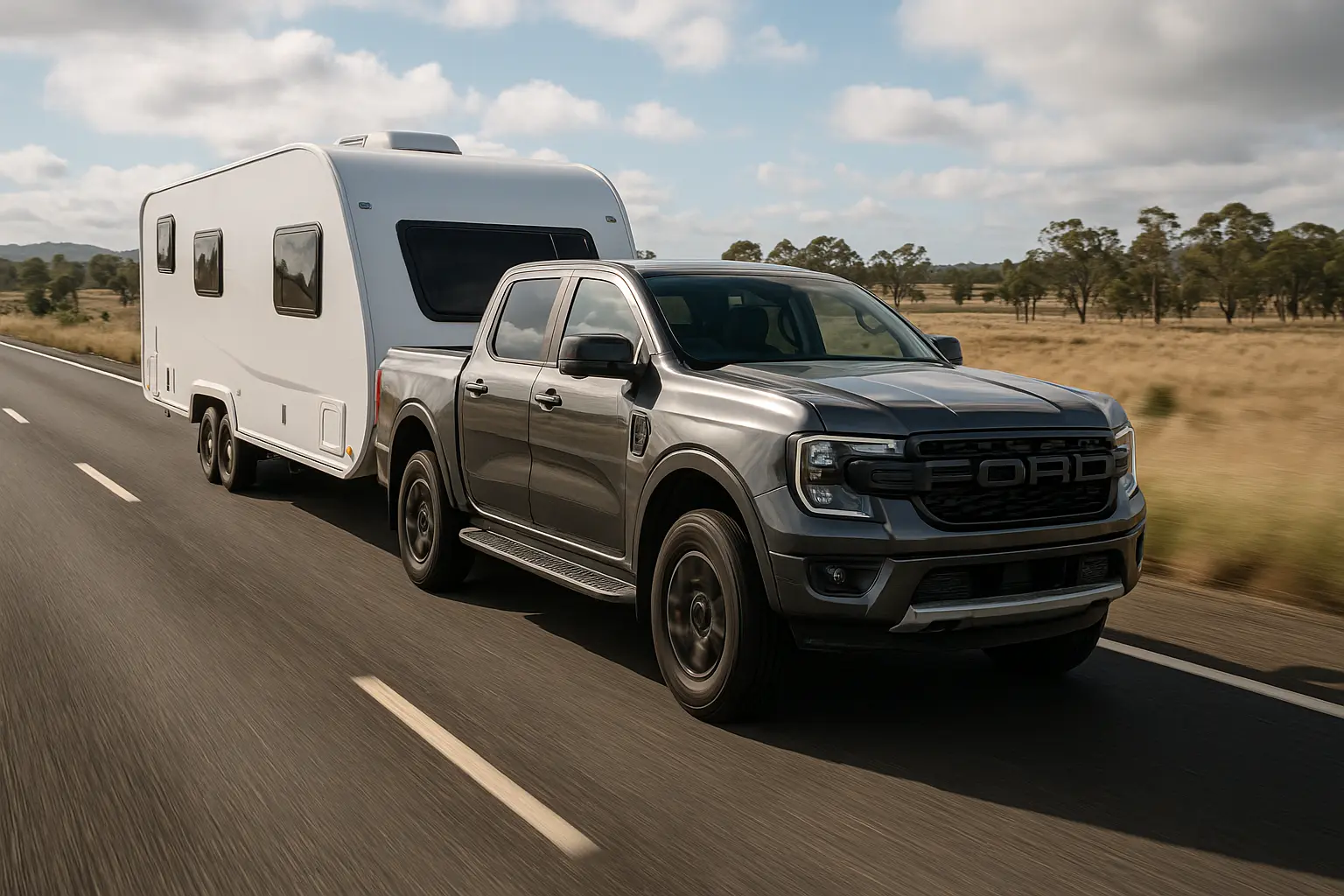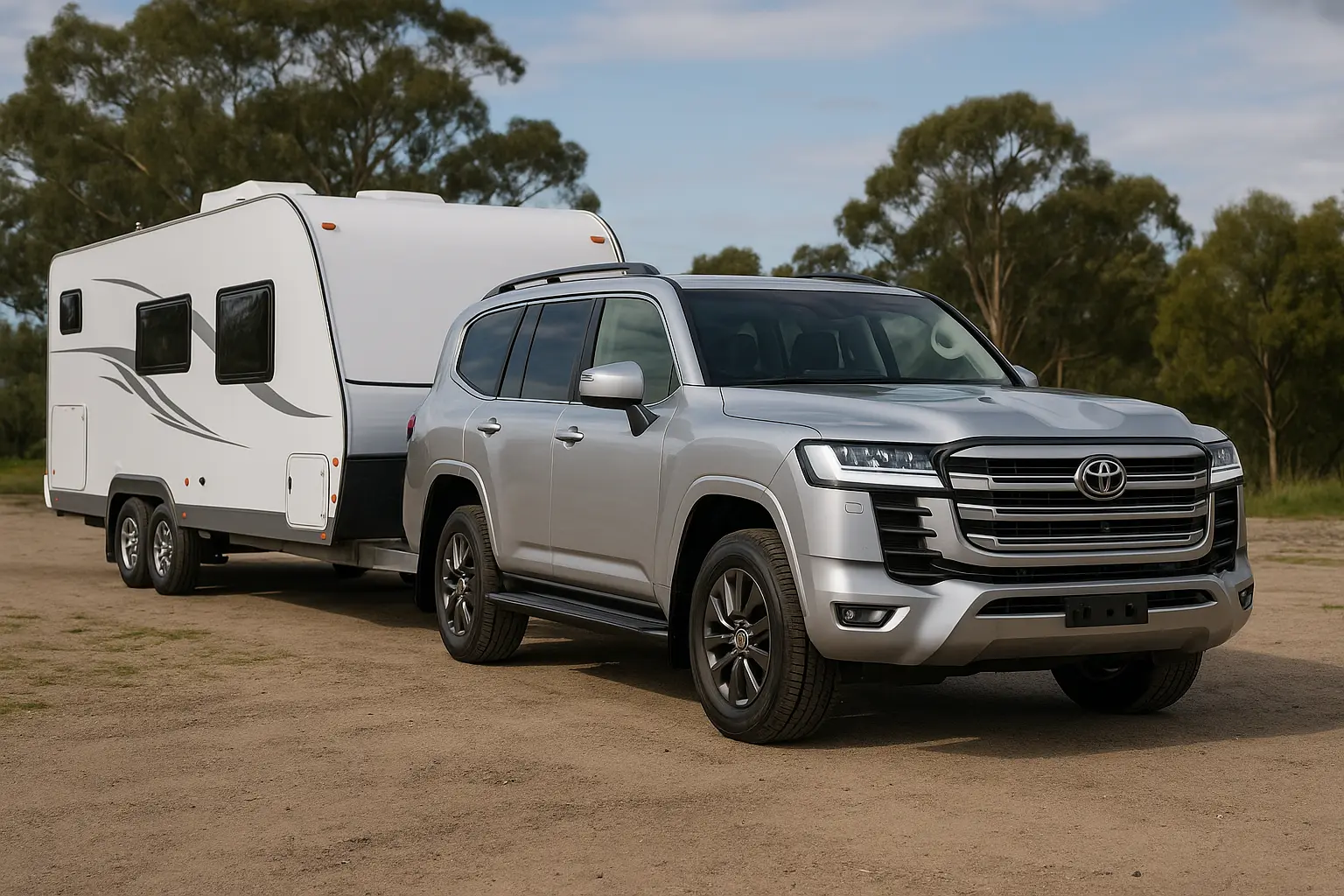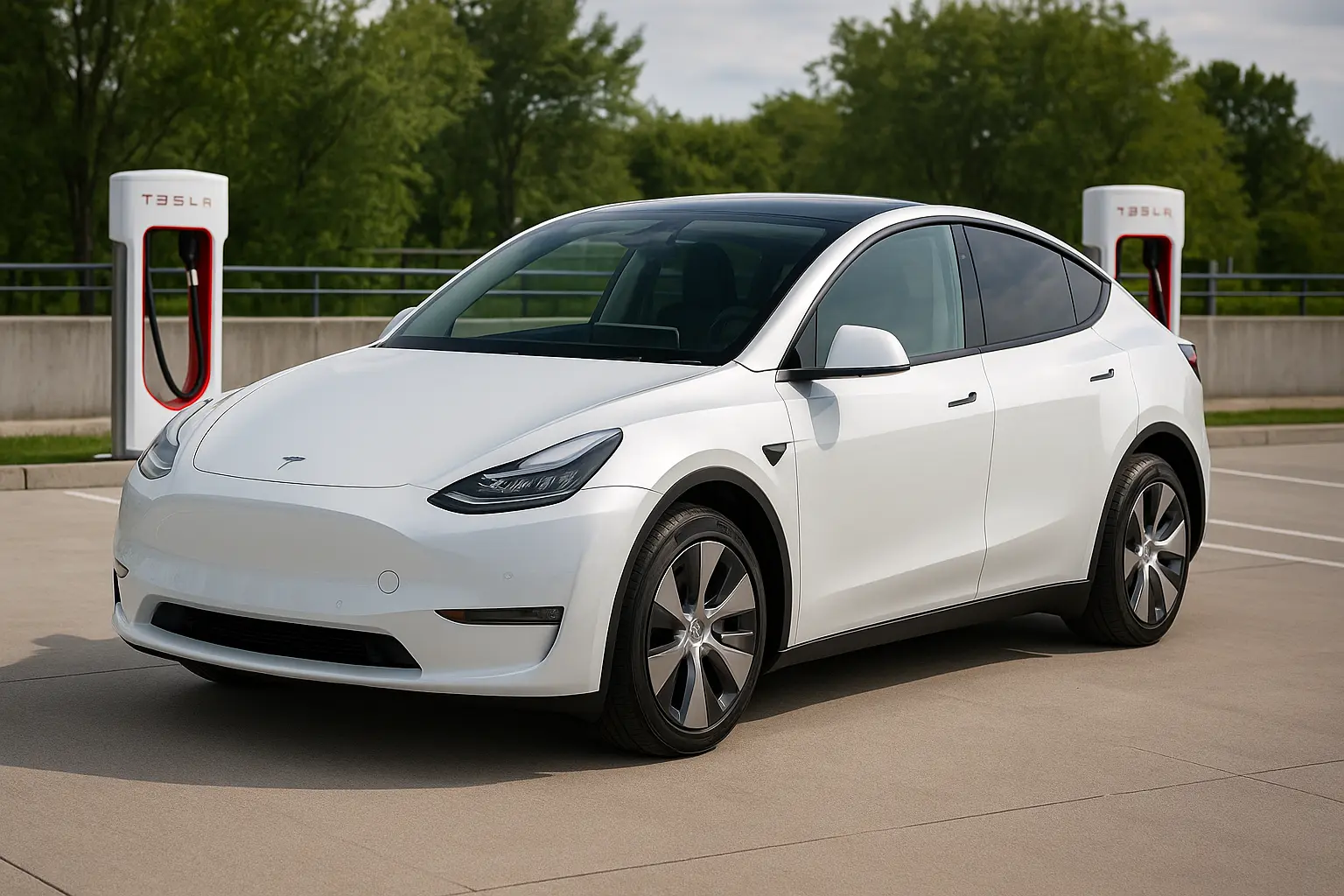Introduction – Why Towing Capacity Matters in Australia

Australia is a land built for exploration, with wide open roads, rugged terrain, and coastal getaways that demand vehicles capable of hauling gear, trailers, or caravans. Whether you're planning to tow a boat up the coast, a camper into the outback, or even a horse float, having the right vehicle is crucial.
In 2025, Australians have more towing-capable vehicles than ever before—from diesel-powered utes to full-size 4WDs and even electrified options entering the market. This guide helps you understand what makes a great tow vehicle and highlights the top-rated towing vehicles available this year.
Key Features to Look for in a Towing Vehicle
Before diving into the list, let’s break down the essential attributes that make a car or ute suitable for towing in Australia:
1. Towing Capacity
This is the most important figure—usually quoted as braked and unbraked towing capacity. Most large SUVs and utes in Australia offer up to 3,500kg braked towing.
2. GVM & GCM
GVM (Gross Vehicle Mass): The total weight of the vehicle and payload.
GCM (Gross Combination Mass): Maximum total weight of the car and trailer combined. Important for calculating what you can legally tow.
3. Torque
High torque at low revs is ideal. Diesel engines typically offer more pulling grunt, making them great for towing.
4. Transmission & Cooling
Automatic transmissions with dedicated tow modes and upgraded cooling systems help manage engine stress during long hauls.
5. Stability Control
Look for trailer sway control, hill descent assist, and four-wheel drive or all-wheel drive capabilities for better stability.
Top-Rated Tow Cars in Australia – 2025 Edition
Let’s break down the top-performing vehicles across different categories:
1. 2025 Toyota LandCruiser 300 Series
Towing Capacity: 3,500kg (braked)
Engine: 3.3L twin-turbo V6 diesel
Torque: 700Nm
GVM/GCM: 3,280kg / 6,750kg
The LandCruiser 300 Series remains the king of heavy-duty towing in 2025. With exceptional off-road pedigree and sheer pulling power, it’s the vehicle of choice for large caravan and boat haulers. Advanced towing assist, sway control, and a strong ladder-frame chassis seal the deal.
Best For: Grey nomads, large caravans, serious off-road towing
2. 2025 Ford Ranger Wildtrak / Raptor
Towing Capacity: 3,500kg (braked)
Engine: 3.0L V6 turbo-diesel or twin-turbo petrol
Torque: 600Nm (diesel), 583Nm (petrol)
GCM: Up to 6,400kg
The Ranger continues to dominate the dual-cab ute segment. In 2025, its advanced trailer brake control system and optional 360-degree camera make hooking up and hauling easier than ever. It’s tech-laden and refined yet rugged.
Best For: Trades, towing boats/trailers, weekend campers
3. 2025 Isuzu D-MAX X-Terrain
Towing Capacity: 3,500kg (braked)
Engine: 3.0L turbo-diesel
Torque: 450Nm
GVM/GCM: 3,100kg / 6,000kg
A practical and dependable ute, the D-MAX combines affordability with serious towing credentials. Its safety features and long-term reliability make it a favorite among caravaners and tradies alike.
Best For: Budget-conscious buyers, towing mid-sized caravans or trailers
4. 2025 Toyota HiLux Rogue
Towing Capacity: 3,500kg (braked)
Engine: 2.8L turbo-diesel
Torque: 500Nm
GCM: 5,800kg
Australia’s best-selling ute continues to shine in the towing category. Its recent updates bring in better tech, ride comfort, and improved towing performance with integrated trailer sway control and rear disc brakes.
Best For: Versatile towing, camping, off-road adventures
5. 2025 Nissan Patrol Ti-L
Towing Capacity: 3,500kg (braked)
Engine: 5.6L V8 petrol
Torque: 560Nm
GCM: ~7,000kg (estimated)
If you want petrol grunt with luxury, the Nissan Patrol delivers. It’s smooth, powerful, and effortlessly tows heavy caravans with a strong V8 under the hood. Not as frugal as diesels but unmatched in comfort.
Best For: Luxury towing, long-distance hauls
6. 2025 RAM 1500 Laramie / Limited
Towing Capacity: 4,500kg (braked, with tow kit)
Engine: 5.7L HEMI V8
Torque: 556Nm
GCM: 7,100kg+
The RAM 1500 is in a class of its own when it comes to American muscle. It offers massive towing capability with class-leading cabin space. However, it’s wide and thirsty—ideal if you need serious grunt for large horse floats or heavy boats.
Best For: Horse floats, heavy trailers, large caravans
7. 2025 Chevrolet Silverado 1500 LTZ
Towing Capacity: 4,500kg (braked)
Engine: 6.2L V8 petrol
Torque: 624Nm
Another US import, the Silverado is all about size and towing power. It’s built for demanding hauling jobs and offers loads of tech for trailering, including integrated trailer brake controller, cameras, and alerts.
Best For: Rural towing, oversized loads
8. 2025 Jeep Grand Cherokee L Summit Reserve
Towing Capacity: 2,800kg
Engine: 3.6L V6 petrol
Torque: 344Nm
While not as heavy-duty as others, the Grand Cherokee L offers a luxurious towing experience for medium loads like pop-top campers and small boats. Three-row seating adds practicality.
Best For: Families, towing smaller campers in style
9. 2025 Mazda BT-50 Thunder
Towing Capacity: 3,500kg
Engine: 3.0L turbo-diesel
Torque: 450Nm
Sharing underpinnings with the D-MAX, the BT-50 brings refined styling and interior comfort to the table. Its strong reputation, off-road ability, and good fuel economy make it a practical choice for towing.
Best For: Adventure seekers, weekend tow trips
10. 2025 Volkswagen Amarok Aventura
Towing Capacity: 3,500kg
Engine: 3.0L V6 turbo-diesel
Torque: 600Nm
Built in partnership with Ford, the new Amarok is powerful, premium, and packed with features. Towing is effortless thanks to its adaptive cruise control, trailer sway mitigation, and solid underpinnings.
Best For: High-end buyers needing power and polish
Honourable Mentions
2025 Hyundai Santa Fe Hybrid: Rated to tow up to 1,650kg – ideal for smaller trailers or jet skis.
2025 Subaru Outback XT: Can tow up to 2,400kg – good for weekenders, although not suited for full-size caravans.
2025 Kia Sorento Diesel AWD: 2,000kg braked towing; good value, family-friendly.
Electric and Hybrid Tow Cars in 2025 – Are We There Yet?
EVs are improving rapidly, but still face limitations in range when towing. That said:
2025 Tesla Cybertruck (if released in Australia): Potential towing capacity of 3,400kg. Awaiting local confirmation.
2025 LDV eT60 EV Ute: Up to 1,000kg towing. Practical for light-duty tasks.
Toyota RAV4 Hybrid / Kluger Hybrid: Good for light trailers under 1,500kg. Low running costs and emissions.
Verdict: For now, diesel utes and 4WDs still dominate the towing game in Australia.
Tips for Safe and Legal Towing in Australia
Don’t Exceed GCM: Always subtract the weight of passengers and gear from your max limits.
Balance the Load: Distribute trailer weight evenly to reduce sway.
Use Electric Brakes: Required for anything over 750kg in Australia.
Install a Weight Distribution Hitch: Especially useful for caravans.
Regular Maintenance: Brakes, tyres, suspension, and cooling systems should be checked frequently.
Conclusion – Which Tow Car is Right for You in 2025?
The best tow car depends on what you plan to haul, how often, and over what terrain. For long-distance, off-grid adventures with heavy loads, the Toyota LandCruiser 300 Series, Ford Ranger, or Isuzu D-MAX are unbeatable. For those seeking a bit of luxury and grunt, the RAM 1500 or Nissan Patrol bring the goods.
Looking for something more affordable? The BT-50, HiLux, or Santa Fe hybrids can fit the bill for lighter towing tasks.
Whichever you choose, make sure your vehicle’s towing specs match your lifestyle—and you’ll be ready to explore all corners of Australia confidently in 2025.
Leave a comment
Your email address will not be published. Required fields are marked *




















